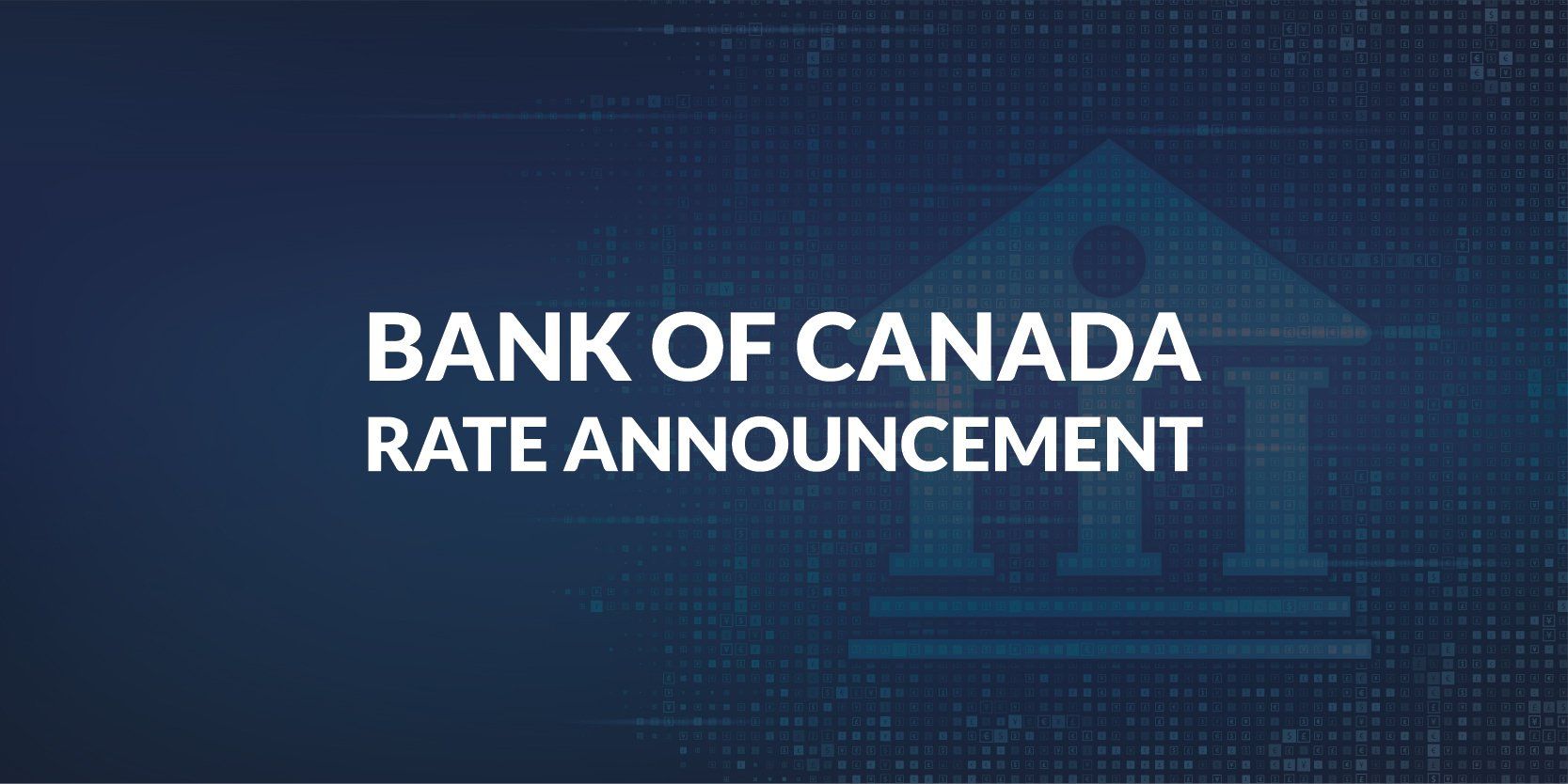Blog Layout
As Simple as Porting Your Mortgage!
Garibaldi Mortgage • Jan 08, 2020

As simple as porting your mortgage! Said by no one ever. The truth is, there is nothing simple about porting your mortgage.
"Porting your mortgage" involves transferring the remainder of your existing mortgage term, outstanding principal balance, and interest rate to a new property. This is of course, if you are selling your current home and buying a new one.
Despite what some of the big banks would lead you to believe, porting your mortgage is not an easy process. It's not a magic process that guarantees you will qualify for the purchase of a new property using the mortgage you had on a previous property. In addition to completely re-qualifying for the mortgage, and having to qualify the property you are purchasing, there are a lot of moving parts that come into play. It seems that executing a port flawlessly is like having the stars align perfectly, chances are, it's not going to happen. Here are a few reasons why:
- You may not qualify for the mortgage.
Let's say you are moving to a new city to take a new job, if you are relying on porting your mortgage in order to buy a new house, you will have to substantiate your new income. If you are on probation, or have changed professions, there is a chance the lender will decline your application. Porting a mortgage is a lot like qualifying for a new mortgage, just with more conditions.
- The property you are buying has to be approved.
So let's say that your income is in good shape, and that you qualify for the mortgage, the property you want to purchase has to be approved as well. Just because they accepted your last property as collateral for the mortgage, doesn't mean the lender will accept the new property. An appraisal will be required, and the condition of the property you are buying will be scrutinized.
- Value's are rarely the same.
How often do you buy a property that is exactly the same value as the one you just sold? Not very often. And when it comes to porting your mortgage, if the value of the new home is higher than the outstanding balance on your existing mortgage, you will most likely have to take a blended rate on the new money, which could increase your payment. If the property value is considerably less, you might actually incur a penalty to reduce the total mortgage amount. If the value of the properties are different, the terms of your mortgage will be amended anyway!
- You still need a downpayment.
Porting a mortgage isn't just a simple case of swap one property for the another and keep the same mortgage. You're still required to come up with a downpayment on the new property.
- You will most likely have to pay a penalty.
When you sell your house, most lenders will charge the full penalty and take it from your sale proceeds of your property. They will of course refund it back to you when you execute the port and purchase the new property. So if you were relying on the proceeds of sale to come up with your downpayment on the property you are purchasing, you might have to make other arrangements.
- Timelines almost never work out.
It's rarely a buyers and a sellers market at the same time. So although you may be able to sell your property overnight, you might not be able to find a suitable property to buy. Alternatively, you might be able to find many suitable properties to purchase while your house sits on the market with no showings. And when you do end up selling your property, and finding a new property to buy, chances are the closing dates won't match up perfectly.
- Different lenders have different port periods.
This is where the fine print in the mortgage documents comes into play. Did you know that depending on the lender, the period of time you have to port your mortgage can range from 1 day to 6 months? So if it's 1 day, your lawyer will have to close both the sale of your property and the purchase of your new property on the same day, or the port won't work. Or with a longer port period, you run the risk of selling your house with the intention of porting the mortgage, only to not be able to find a suitable property to buy.
So as you can see, although porting your mortgage may make sense if you have a low rate that you want to carry over to a property of similar value, it is always a good idea to get professional mortgage advice and look at all your options.
Please contact us anytime if you would like to discuss mortgage financing, we'd love to work with you!

By Garibaldi Mortgage
•
23 Jun, 2021
Buying a property might actually be easier than you think. So, if you have NO desire AT ALL to qualify for a mortgage, here are some great steps you can take to ensure you don’t accidentally buy a property. Fair warning, this article might get a little cheeky. Quit your job. First things first, ditch that job. One of the best ways to make sure you won’t qualify for a mortgage is to be unemployed. Yep, most mortgage lenders aren’t in the practice of lending money to unemployed people! If you already have a preapproval in place and don’t want to go through with financing, no problems. Unexpectedly quit your job mid-application. Because, even if you’re making a lateral move or taking a better job, any change in employment status can negatively impact your approval. Spend All Your Savings. To get a mortgage, you’ll have to bring some money to the table. In Canada, the minimum downpayment required is 5% of the purchase price. Now, if the goal is not to get a mortgage, spending all your money and having absolutely nothing in your account is a surefire way to ensure you won’t qualify for a mortgage. So, if you’ve been looking for a reason to go out and buy a new vehicle, consider this your permission. Collect as Much Debt as Possible. After quitting your job and spending all your savings, you should definitely go out and incur as much debt as possible! The higher the payments, the better. You see, one of the main qualifiers on a mortgage is called your debt-service ratio. This takes into count the amount of money you make compared to the amount of money you owe. So the more debt you have, the less money you’ll have leftover to finance a home. Stop Making Your Debt Payments So let’s say you can’t shake your job, you still have a good amount of money in the bank, and you’ve run out of ways to spend money you don’t have. Don’t panic; you can still absolutely wreck your chances of qualifying for a mortgage! Just don’t pay any of your bills on time or stop making your payments altogether. Why would any lender want to lend you money when you have a track record of not paying back any of the money you’ve already borrowed? Provide Ugly Supporting Documentation. Now, if all else fails, the last chance you have to scuttle your chances of getting a mortgage is to provide the lender with really ugly documents. To support your mortgage application, lenders must complete their due diligence. Here are three ways to make sure the lender won’t be able to verify anything. Firstly, and probably the most straightforward, make sure your name doesn’t appear anywhere on any of your statements. This way, the lender can’t be sure the documents are actually yours or not. Secondly, when providing bank statements to prove downpayment funds, make sure there are multiple cash deposits over $1000 without explaining where the money came from. This will look like money laundering and will throw up all kinds of red flags. And lastly, consider blacking out all your “personal information.” Just use a black Sharpie and make your paperwork look like classified FBI documents. Follow-Through So there you have it, to avoid an accidental home purchase, you should quit your job, spend all your money, borrow as much money as possible, stop making your payments, and make sure the lender can’t prove anything! This will ensure no one will lend you money to buy a property! Now, on the off chance that you’d actually like to qualify for a mortgage, you’ve come to the right place. The suggestion would be to actually keep your job, save for a downpayment, limit the amount of debt you carry, make your payments on time, and provide clear documentation to support your mortgage application! If you'd like to make sure you're on the right track, connect anytime. It would be a pleasure to walk through the mortgage process with you.

By Garibaldi Mortgage
•
16 Jun, 2021
If you’re looking to buy a property or have a mortgage up for renewal, and you’re thinking about connecting with your bank directly, save yourself a lot of money and regret by reading this article first. Here are four things that your bank won’t tell you, accompanied by four reasons that explain why working with an independent mortgage professional is in your best interest. Banks have Limited Access to Mortgage Products. Now, while this one may seem pretty straightforward, if you’re dealing with a single institution, they can only offer mortgages from their product catalogue. This means that you’ll be restricted to their qualifications which are usually very narrow. Working with a single institution significantly limits your options, especially if your financial situation isn’t straightforward. In contrast, dealing with an independent mortgage professional, you will have access to products from over 200 lenders, including banks, monoline lenders, credit unions, finance companies, alternative lenders, institutional B lenders, Mortgage Investment Corporations, and private funds. Working with an independent mortgage professional will give you considerably more options to secure a better mortgage. Banks Employ Salespeople, not Mortgage Experts. Banks don’t employ mortgage experts; they employ salespeople. Banks pay and incentivize salespeople to sell their products. There is a fundamental misalignment of values here. If the bank incentivizes a banker to make a profit for the bank, how can they at the same time advocate for you and your best interest? They can’t. Banks don’t have your best interest in mind. In fact, the more money they make off of you, the better it is for their bottom line. However, when you work with an independent mortgage professional, you get the experience of someone who understands the intricacies of mortgage financing and will advocate on your behalf to get you the best mortgage. It’s actually in our best interest to assist you in finding the mortgage with the best terms for you. Once your mortgage completes, we get paid a standardized finder’s fee by the lender for arranging the financing. So although we get paid by the lender, that lender has had to compete with other lenders to earn your business. When you work with an independent mortgage professional, everyone wins. You get the best mortgage available, we get paid a standardized finder’s fee, and the lender gets a new borrower. Banks Rarely Offer You Their Best Terms Upfront. Banks are in the business of making money, and they’re usually pretty good at it. As such, banks will rarely offer you their best terms at the outset of your negotiation. This is especially true if you’re looking to refinance your existing mortgage. With over half of Canadians simply accepting the renewal offer they get sent in the mail without question, banks don’t have to put their best rate forward. Instead, they rely on you to be ignorant of the process and will take advantage of your trust in them. When you work with an independent mortgage professional, we don’t play games with rates and terms. Our goal is always to seek out the lender who has the best mortgage for you from the start of the process, and if there are any negotiations to be had, we handle them for you. There is no reason for us to do otherwise. In fact, the better we do our job, the more likely it is that you’ll be happy with our services and refer your friends and family. Banks Promote Restrictive Mortgage Products. As if it’s not bad enough that banks don’t offer their best terms upfront, they actually promote mortgage products that are restrictive in nature. The fine print in your mortgage contract matters; understanding it is challenging. Banks do what they can to make it hard for you to leave. Now, if you’ve ever heard stories of outrageous penalties being charged, this is what’s called an Interest Rate Differential penalty (IRD). Each lender has its own way of calculating the IRD. Chartered banks are known for their restrictive mortgages and high IRD penalties. When you work with an independent mortgage professional, we take the time to listen to your goals and assess your mortgage needs based on your life circumstances. The best mortgage is the one that lowers your overall cost of borrowing. So not only will we walk through the cost of the mortgage financing, but we’ll also clearly outline the costs incurred should you need to break your mortgage before the end of your term. This might be the deciding factor in choosing the right lender and mortgage for you. Working with an Independent Mortgage Professional is in Your Best Interest. Banks have limitations to the mortgage products they offer. Working with an independent mortgage professional gives you mortgage options! Bankers work for the bank; they are incentivized to make money for the bank. An independent mortgage professional advocates on your behalf to get you the best mortgage available. Banks rarely offer their best terms upfront; they leave negotiations up to you. An independent mortgage professional outlines the best terms from multiple lenders at the start of the process. Banks promote restrictive mortgage products that make it difficult to leave them. An independent mortgage broker will outline all the costs associated with different mortgage products and recommend the mortgage best suited for your needs. So if you’d like to talk about the best mortgage product for you, you’ve come to the right place. Please connect anytime. It would be a pleasure to work with you.

By Garibaldi Mortgage
•
09 Jun, 2021
Bank of Canada will hold current level of policy rate until inflation objective is sustainably achieved, continues quantitative easing The Bank of Canada today held its target for the overnight rate at the effective lower bound of ¼ percent, with the Bank Rate at ½ percent and the deposit rate at ¼ percent. The Bank is maintaining its extraordinary forward guidance on the path for the overnight rate. This is reinforced and supplemented by the Bank’s quantitative easing (QE) program, which continues at a target pace of $3 billion per week. With COVID-19 cases falling in many countries and vaccine coverage rising, global economic activity is picking up. Growth remains uneven across regions, however. The US is experiencing a strong consumer-driven recovery and a rebound is beginning to take shape in Europe, while a resurgence of the virus is hampering the recovery in some emerging market economies. Financial conditions remain highly accommodative, reflected in broadly higher asset prices. Commodity prices have risen further, notably oil, and the Canadian dollar has seen a further appreciation. In Canada, economic developments have been broadly in line with the outlook in the April Monetary Policy Report (MPR). Despite the second wave of the virus, first quarter GDP growth came in at a robust 5.6 per cent. While this was lower than the Bank had projected, the underlying details indicate rising confidence and resilient demand. Household spending was stronger than expected, while businesses drew down inventories and increased imports more than anticipated. Renewed lockdowns associated with the third wave are dampening economic activity in the second quarter, largely as anticipated. Recent jobs data show that workers in contact-sensitive sectors have once again been most affected. The employment rate remains well below its pre-pandemic level, with low wage workers, youth and women continuing to bear the brunt of job losses. With vaccinations proceeding at a faster pace, and provincial containment restrictions on an easing path over the summer, the Canadian economy is expected to rebound strongly, led by consumer spending. Housing market activity is expected to moderate but remain elevated. Strong growth in foreign demand and higher commodity prices should also lead to a solid recovery in exports and business investment. Despite progress on vaccinations, there continues to be uncertainty about the evolution of new COVID-19 variants. More broadly, the risks to the inflation outlook identified in the April MPR remain relevant. As expected, CPI inflation has risen to around the top of the 1-3 percent inflation-control range, due largely to base-year effects and much stronger gasoline prices. Core measures of inflation have also risen, due primarily to temporary factors and base year effects, but by much less than CPI inflation. While CPI inflation will likely remain near 3 percent through the summer, it is expected to ease later in the year, as base-year effects diminish and excess capacity continues to exert downward pressure. The Governing Council judges that there remains considerable excess capacity in the Canadian economy, and that the recovery continues to require extraordinary monetary policy support. We remain committed to holding the policy interest rate at the effective lower bound until economic slack is absorbed so that the 2 percent inflation target is sustainably achieved. In the Bank’s April projection, this happens sometime in the second half of 2022. The Bank is continuing its QE program to reinforce this commitment and keep interest rates low across the yield curve. Decisions regarding adjustments to the pace of net bond purchases will be guided by Governing Council’s ongoing assessment of the strength and durability of the recovery. We will continue to provide the appropriate degree of monetary policy stimulus to support the recovery and achieve the inflation objective. Information note The next scheduled date for announcing the overnight rate target is July 14, 2021. The next full update of the Bank’s outlook for the economy and inflation, including risks to the projection, will be published in the MPR at the same time.
CONTACT US
Del – 250-212-1142
ABOUT
APPLY NOW
© 2024
All Rights Reserved | Garibaldi Mortgage

